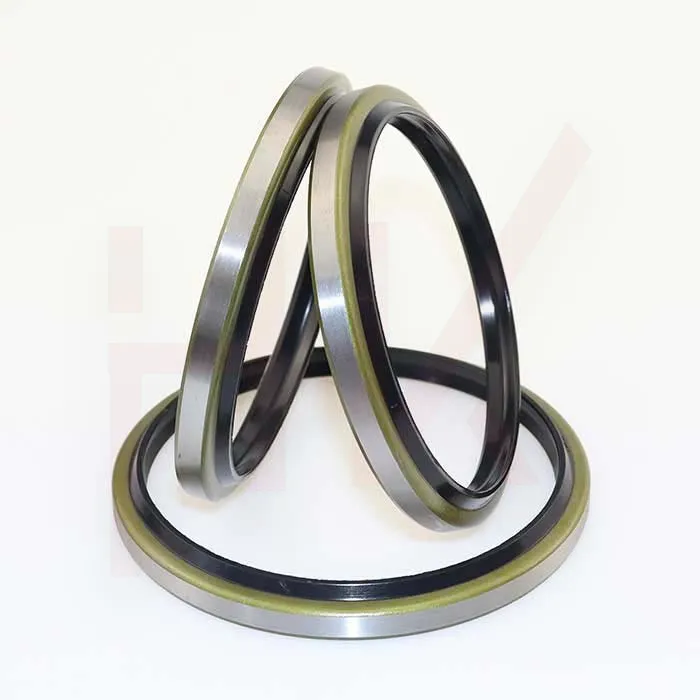Sep . 06, 2024 06:52 Back to list
High-Quality Hydraulic Cylinder Seals | Durable & Reliable Seal Solutions
Understanding Hydraulic Cylinder Seals Importance and Types
Hydraulic cylinder seals play a critical role in the efficient operation of hydraulic systems. They are essential components found in various machinery and equipment, including industrial machines, construction equipment, and automotive applications. These seals are designed to prevent fluid leakage, maintain pressure, and protect internal components from contamination.
The primary function of hydraulic seals is to ensure that hydraulic fluid remains contained within the cylinder, allowing for consistent and reliable performance. Any leakage can lead to a significant loss of force and efficiency, potentially resulting in equipment failure or costly downtime. Therefore, selecting the right type of seal is crucial for the longevity and functionality of hydraulic systems.
Types of Hydraulic Cylinder Seals
There are several types of hydraulic seals, each designed for specific applications and operating conditions
. Some common types include1. Dynamic Seals These seals are utilized in applications where there is relative motion between parts, such as the piston and cylinder wall. Common dynamic seals include piston seals, rod seals, and wiper seals. Their design allows for a tight fit while accommodating the movement of the cylinder components.
hydraulic cylinder seals

2. Static Seals Unlike dynamic seals, static seals are used in applications where there is no relative motion. They are typically found in areas where two parts meet, such as flanges and ports. O-rings are a popular type of static seal, providing a reliable barrier against fluid leakage.
3. Wiper Seals Wiper seals are designed to keep contaminants out of the hydraulic system. They are placed at the outer end of the cylinder and function to wipe away dust, dirt, and debris that might accumulate during operation. This protective feature is vital for maintaining the integrity of the hydraulic system.
Selecting the Right Seal
Choosing the right hydraulic seal involves considering various factors, including the operating pressure, temperature, and the type of hydraulic fluid used. It’s also essential to account for the working environment, as exposure to chemicals or extreme temperatures can affect seal performance. The material of the seal is crucial; commonly used materials include nitrile rubber, polyurethane, and fluorocarbon, each offering distinct advantages.
Conclusion
In summary, hydraulic cylinder seals are vital components that ensure the efficient operation of hydraulic systems. By preventing leaks and protecting against contamination, they contribute significantly to the longevity and performance of machinery. Understanding the different types of seals and their applications is essential for maintenance and optimal functioning of hydraulic cylinders. Proper selection and regular inspection of these seals can lead to improved efficiency, reduced downtime, and overall better performance in various applications.
-
TCN Oil Seal Metal Ring Reinforcement for Heavy Machinery
NewsJul.25,2025
-
Rotary Lip Seal Spring-Loaded Design for High-Speed Applications
NewsJul.25,2025
-
Hydraulic Cylinder Seals Polyurethane Material for High-Impact Jobs
NewsJul.25,2025
-
High Pressure Oil Seal Polyurethane Coating Wear Resistance
NewsJul.25,2025
-
Dust Proof Seal Double Lip Design for Construction Equipment
NewsJul.25,2025
-
Hub Seal Polyurethane Wear Resistance in Agricultural Vehicles
NewsJul.25,2025
-
The Trans-formative Journey of Wheel Hub Oil Seals
NewsJun.06,2025
Products categories
















